Ranjani Shettar’s site-specific sculptures unveiled in Barbican Conservatory
Ranjani Shettar’s ‘Cloud songs on the horizon’ suspends sculptures amid the Barbican Conservatory’s plant life
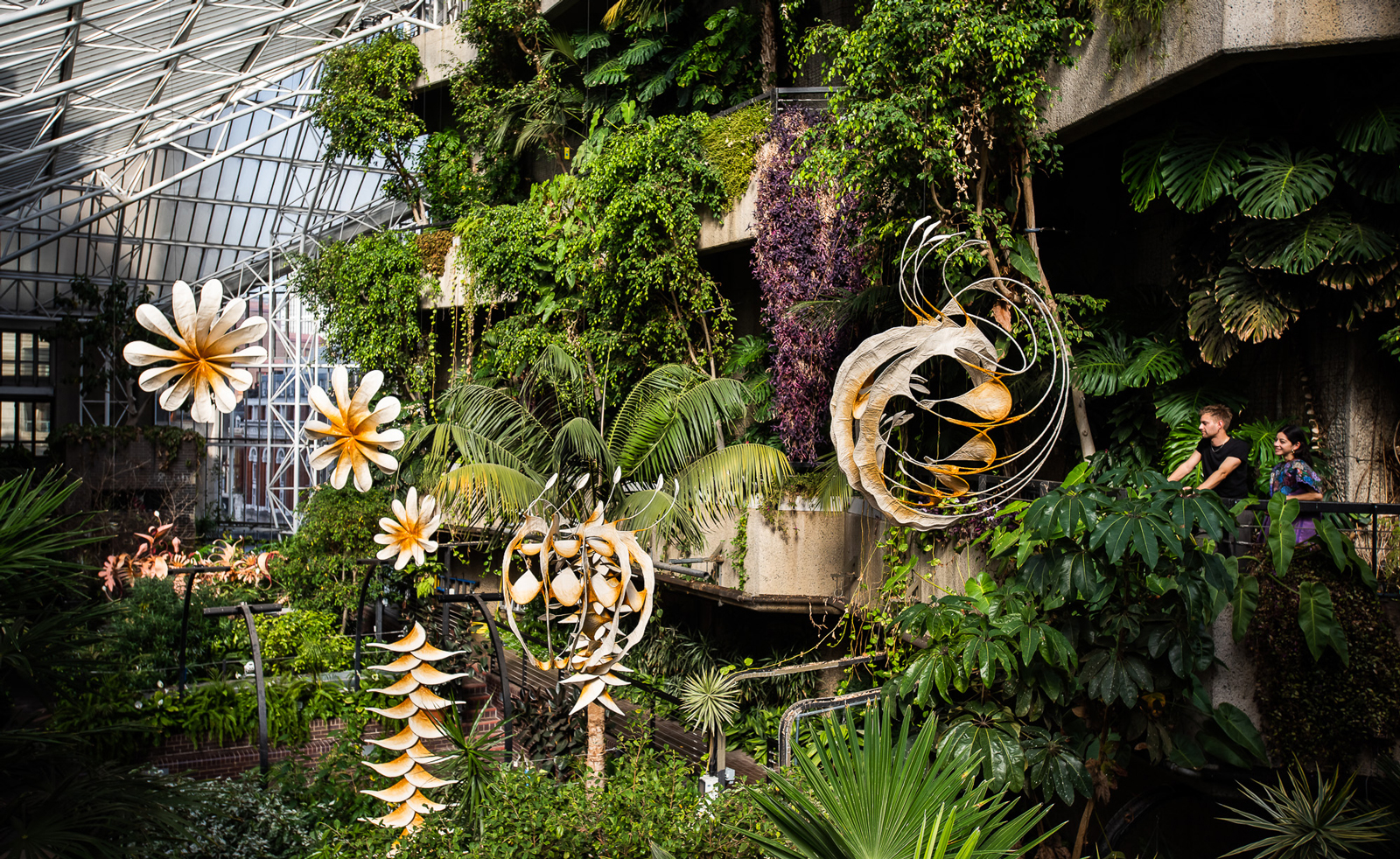
In the heart of London, the Barbican Centre’s Conservatory – a 1980s brutalist oasis filled with tropical plants – is hosting an immersive and site-specific exhibition from Indian artist Ranjani Shettar. The striking space, resembling a film set, boasts luscious greenery spilling over concrete balconies and labyrinthine pathways. Shettar’s exhibition, ‘Cloud songs on the horizon’ (10 September – 31 December 2023), adds five suspended sculptures to the Conservatory, drawing on the influence of nature and craft.
Shettar, who grew up in Bengaluru but now lives and works in a remote village 400km from the city, has made a name for herself through intriguing, abstracted and often biomorphic sculptures that employ natural and manmade materials including beeswax and steel, drawing on traditional craft techniques.
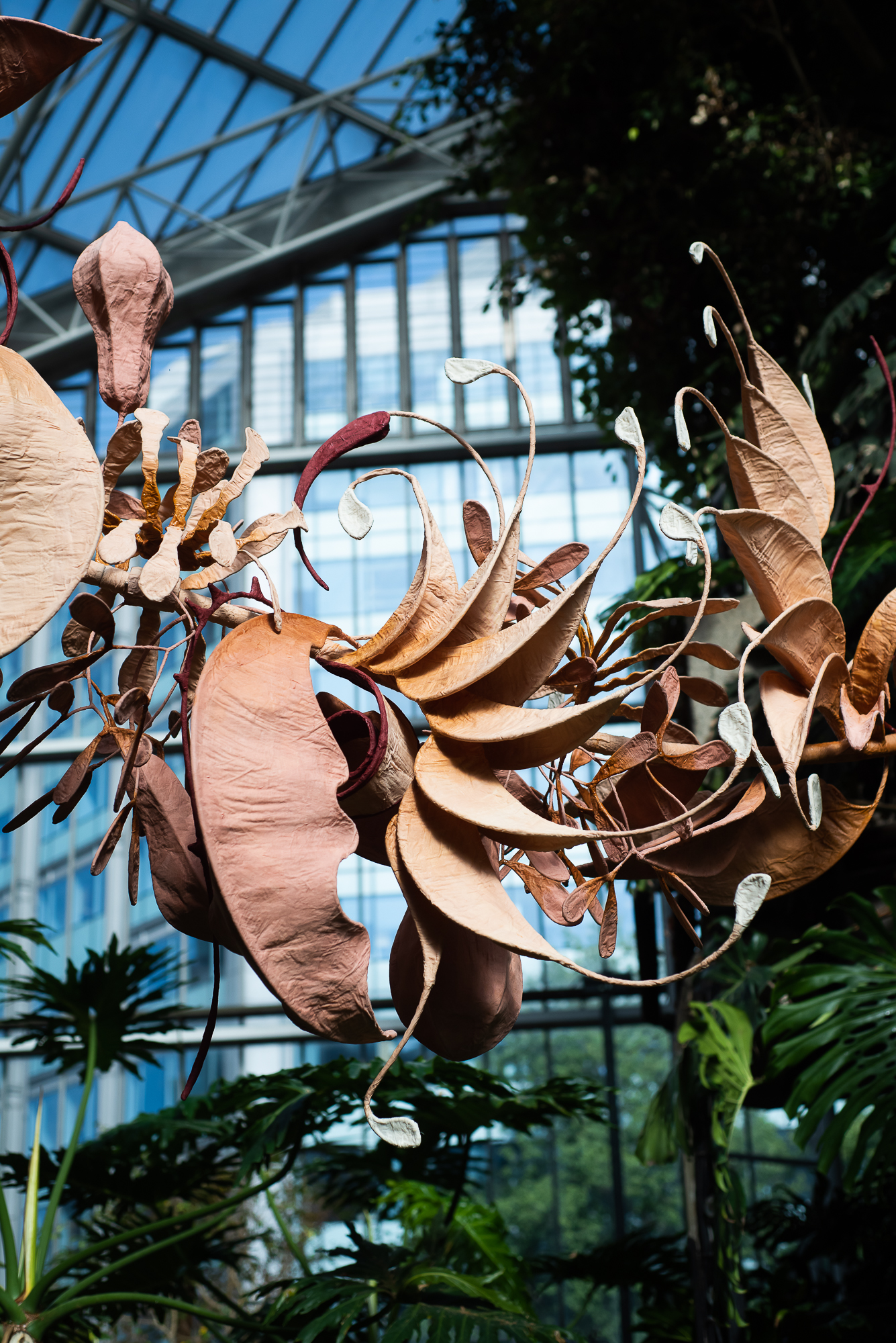
Ranjani Shettar, In the thick of the twilight, 2023. Installation view of ‘Cloud songs on the horizon’
Her works are often inspired by nature – ‘it can be the littlest things, even a shrivelled flower’, she says of her influences – but in layered and complex ways. ‘I take elements from nature, but they’re not direct. I’m more of an abstractionist.’
‘Cloud songs on the horizon’ was commissioned by Shanay Jhaveri, the Barbican’s head of Visual Arts, with whom Shettar worked previously on a solo show at The Metropolitan Museum of Art in New York in 2018. The free-to-visit Barbican exhibition is the first in a series of site-specific commissions Jhaveri has envisioned as a way to connect contemporary art more responsively to the unique setting of the centre, designed by Chamberlin, Powell and Bon in the brutalist architecture style (a book, Building Utopia: The Barbican Centre, marked its 40th anniversary in 2022).
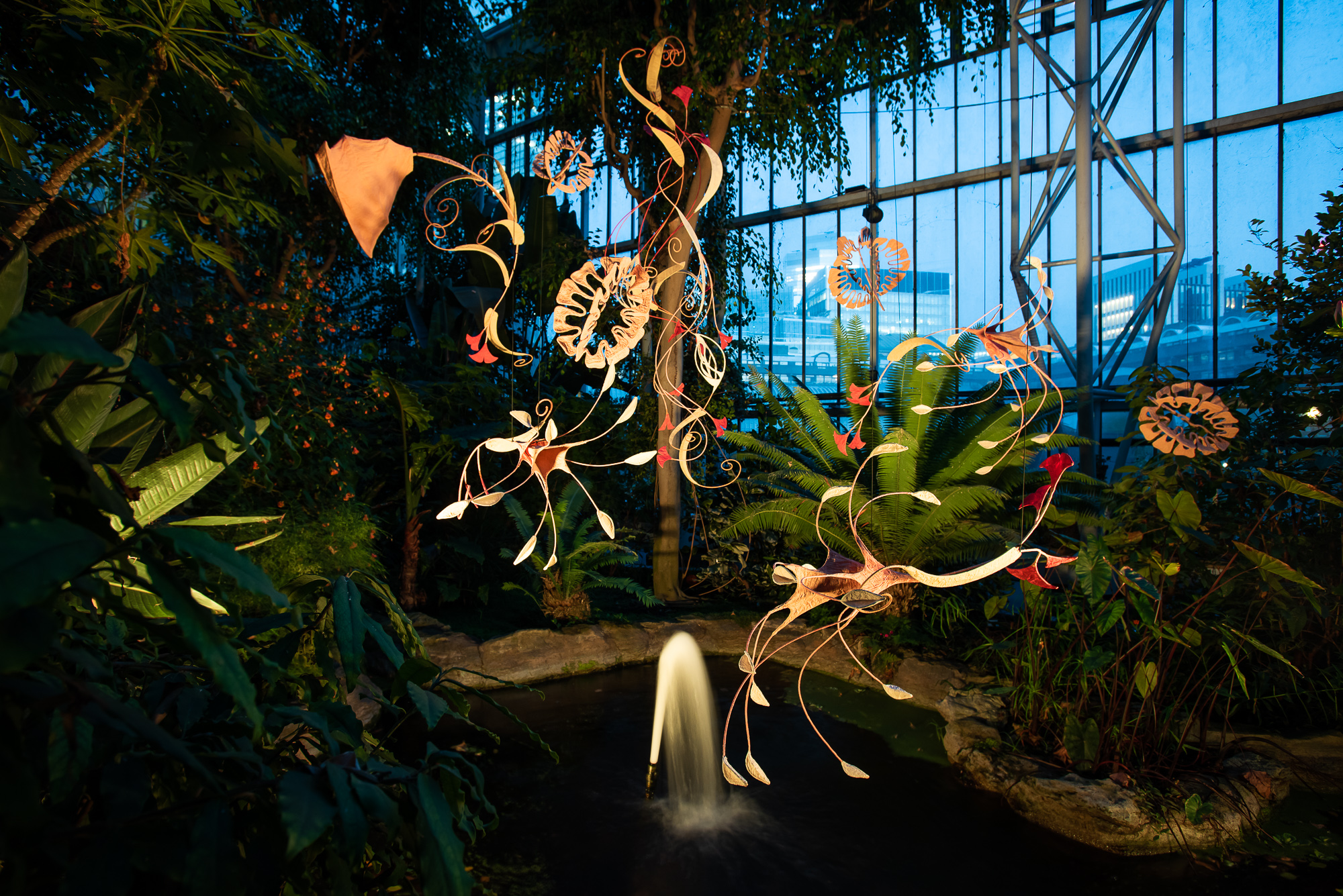
Ranjani Shettar, Moon dancers, 2023. Installation view of ‘Cloud songs on the horizon’
Shettar describes experiencing the Conservatory for the first time following the commission: ‘It was totally unexpected for me. It just felt like an urban oasis – it’s beautiful.’
She was initially ‘a little daunted’ by making works for the 2,137 sq m space. ‘But when I spent more time with it, it felt like there are little pockets, almost like little galleries, that I could use and create a journey for the audience,’ she says. This sense of bringing visitors on a journey to discover various artworks in different settings across the Conservatory is key to her vision.
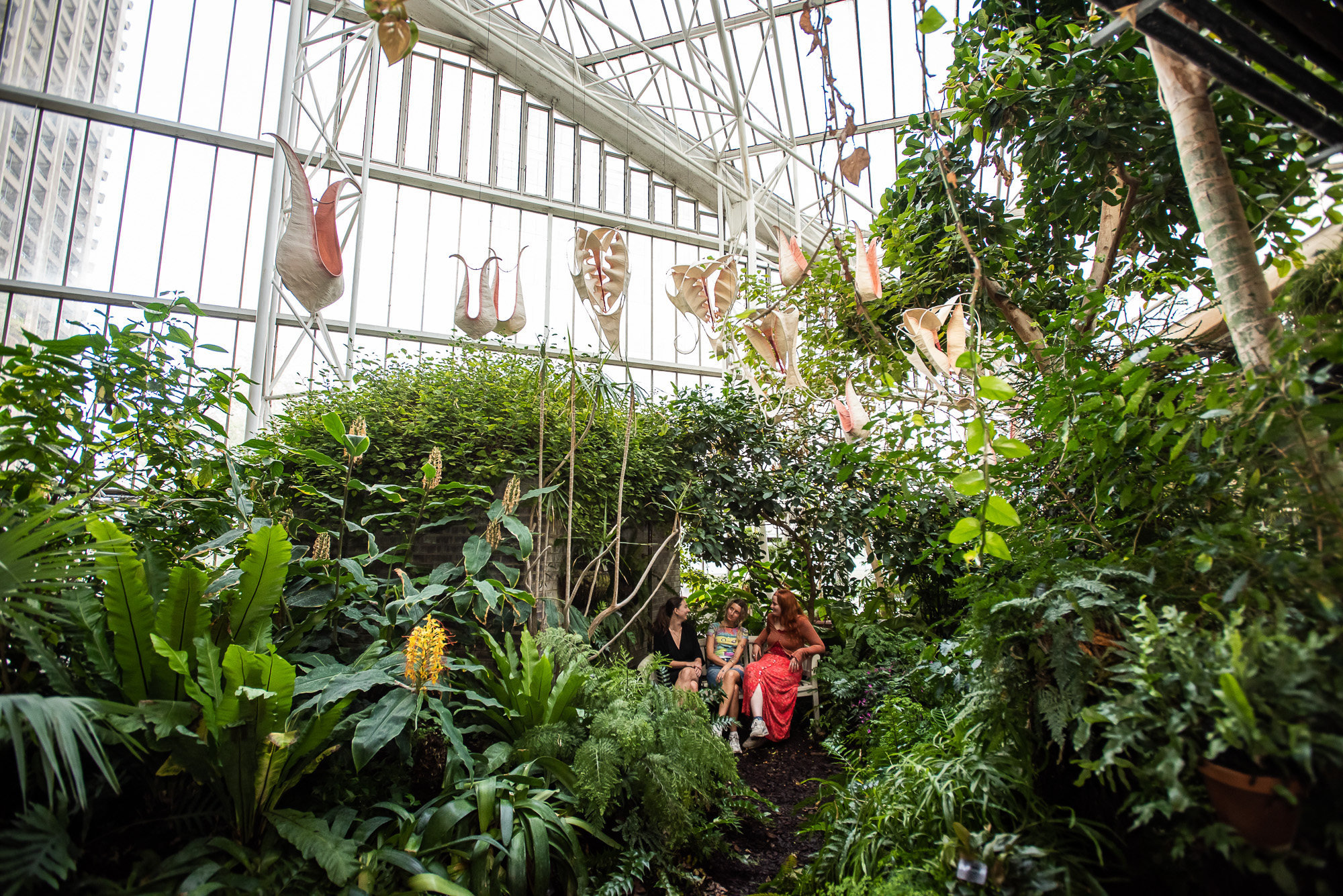
Ranjani Shettar, On the wings of crescent moons, 2023. Installation view of ‘Cloud songs on the horizon’
The scale wasn’t Shettar’s only challenge: her works typically rely on precise lighting and shadows, which was impossible in a daylit room packed with dense natural foliage. ‘Making an artwork for a green space is so different to showing in a white cube,’ she says. ‘It’s a very new environment to be showing my work in.’
Receive our daily digest of inspiration, escapism and design stories from around the world direct to your inbox.
The exhibition’s five projects vary in size, and use materials including muslin, stainless steel, and teak. Shettar describes the works as having ‘multiple perspectives’. She hopes they will encourage visitors to dwell, pause and think – and even come away feeling optimistic. ‘I’m trying to do something that’s projecting hope and joy,” she says.
‘Cloud songs on the horizon’ is at the Barbican, London, 10 September to 31 December 2023
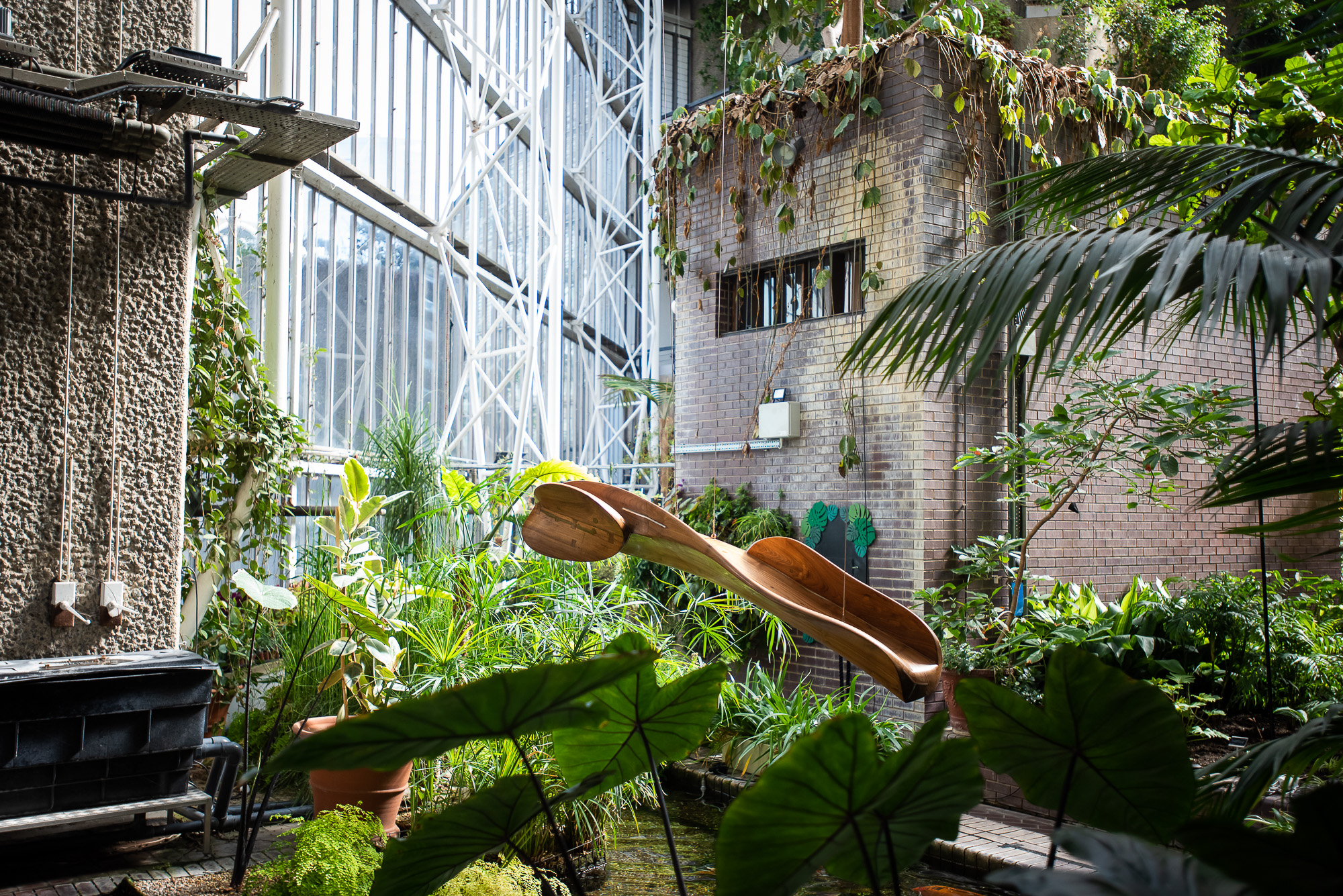
Ranjani Shettar, Above the crest, 2023. Installation view of ‘Cloud songs on the horizon’
Francesca Perry is a London-based writer and editor covering design and culture. She has written for the Financial Times, CNN, The New York Times and Wired. She is the former editor of ICON magazine and a former editor at The Guardian.
-
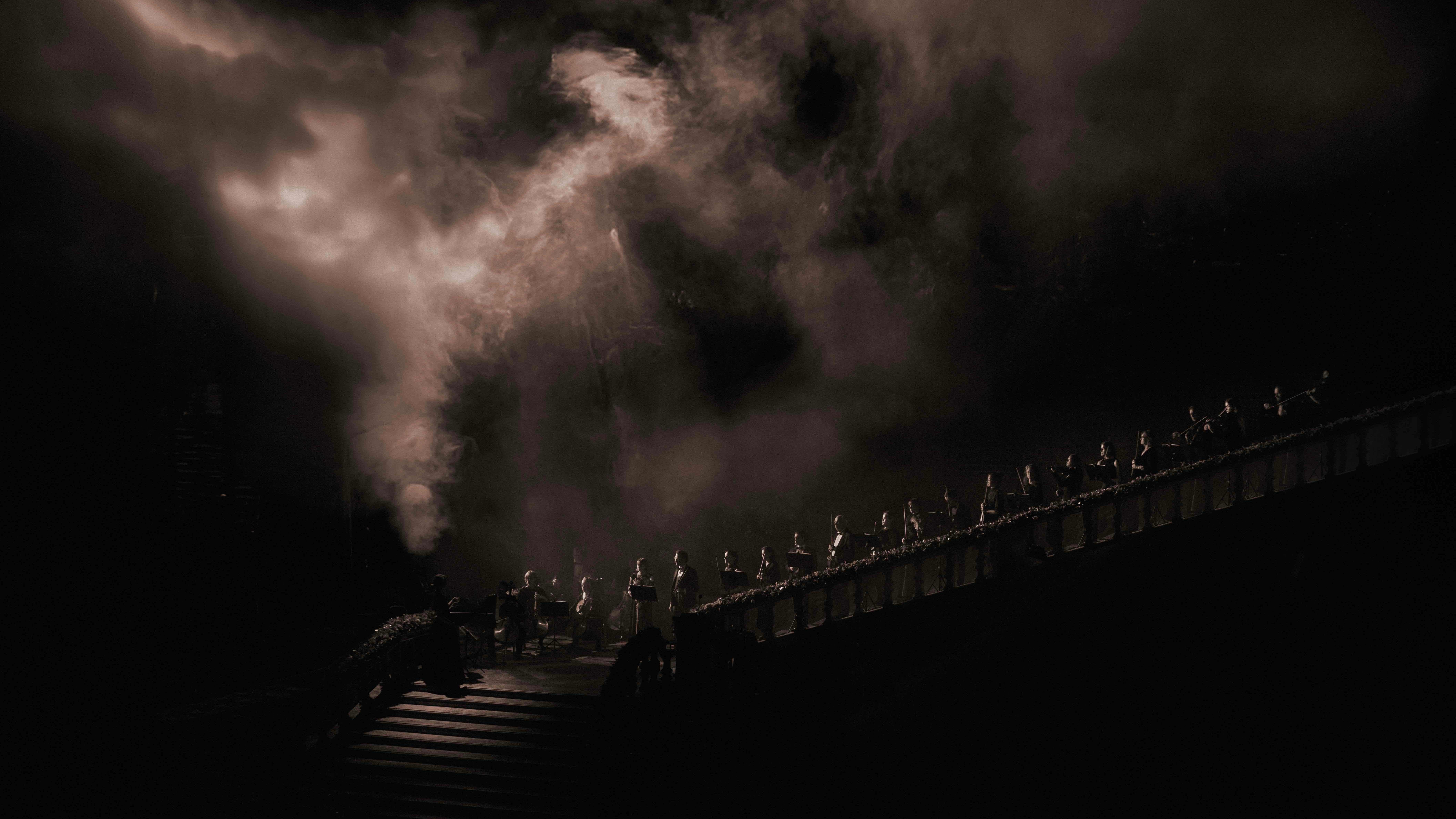 Alexander Wessely turns the Nobel Prize ceremony into a live artwork
Alexander Wessely turns the Nobel Prize ceremony into a live artworkFor the first time, the Nobel Prize banquet has been reimagined as a live artwork. Swedish-Greek artist and scenographer Alexander Wessely speaks to Wallpaper* about creating a three-act meditation on light inside Stockholm City Hall
-
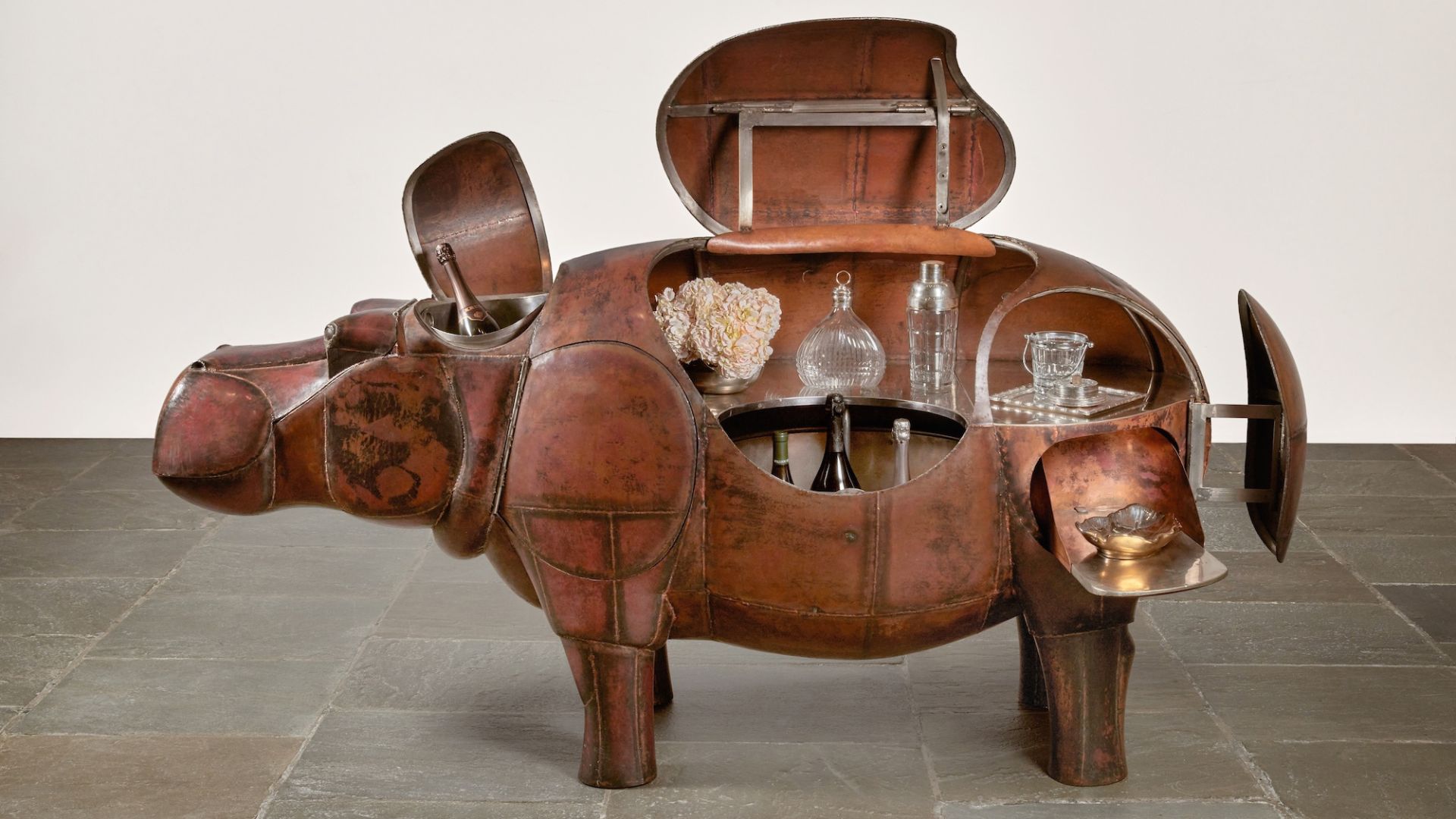 At $31.4 million, this Lalanne hippo just smashed another world auction record at Sotheby’s
At $31.4 million, this Lalanne hippo just smashed another world auction record at Sotheby’sThe jaw-dropping price marked the highest-ever for a work by François-Xavier Lalanne – and for a work of design generally
-
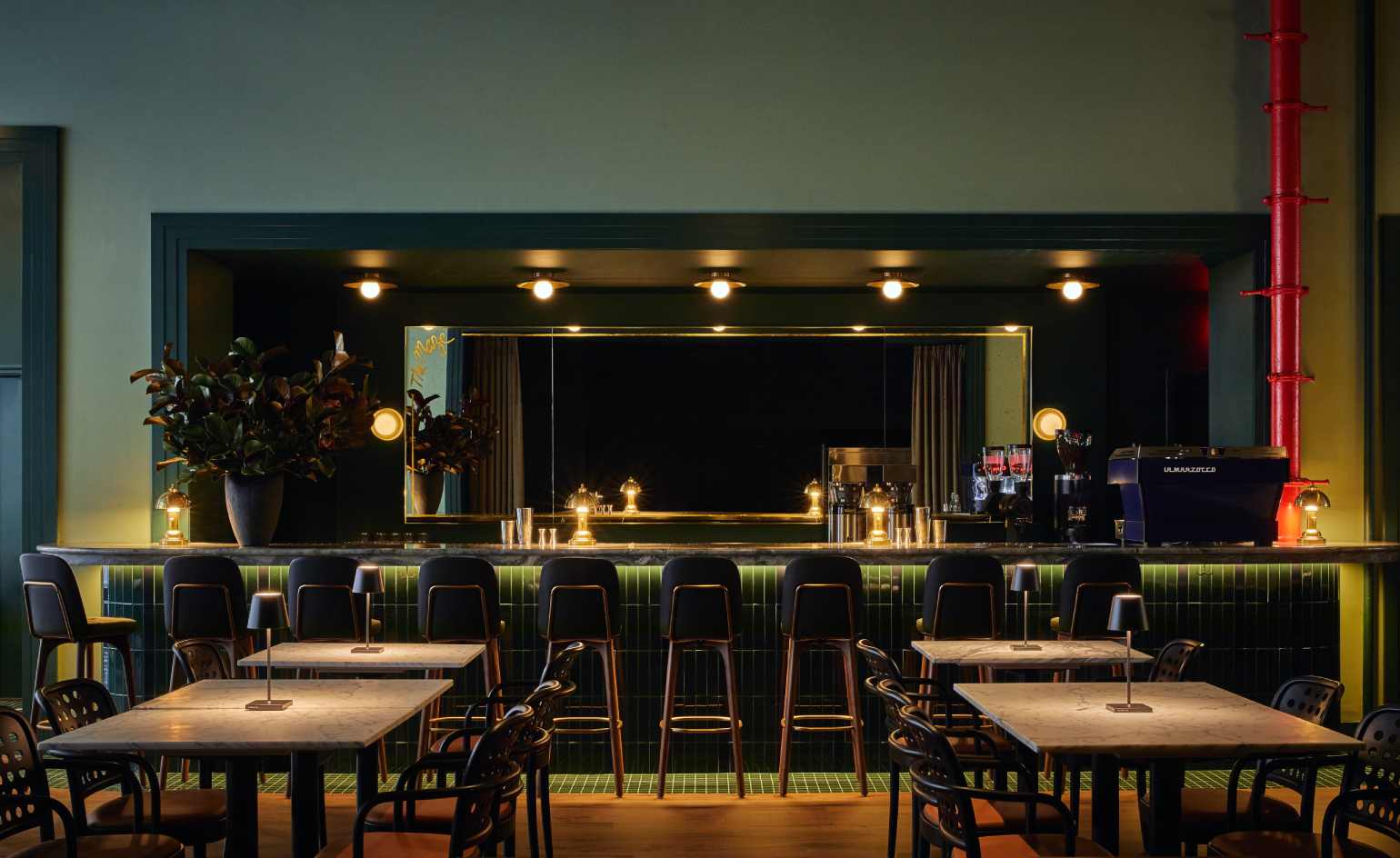 NYC’s first alcohol-free members’ club is full of spirit
NYC’s first alcohol-free members’ club is full of spiritThe Maze NYC is a design-led social hub in Flatiron, redefining how the city gathers with an alcohol-free, community-driven ethos
-
 Out of office: The Wallpaper* editors’ picks of the week
Out of office: The Wallpaper* editors’ picks of the weekIt’s wet, windy and wintry and, this week, the Wallpaper* team craved moments of escape. We found it in memories of the Mediterranean, flavours of Mexico, and immersions in the worlds of music and art
-
 Each mundane object tells a story at Pace’s tribute to the everyday
Each mundane object tells a story at Pace’s tribute to the everydayIn a group exhibition, ‘Monument to the Unimportant’, artists give the seemingly insignificant – from discarded clothes to weeds in cracks – a longer look
-
 Out of office: The Wallpaper* editors’ picks of the week
Out of office: The Wallpaper* editors’ picks of the weekThis week, the Wallpaper* team had its finger on the pulse of architecture, interiors and fashion – while also scooping the latest on the Radiohead reunion and London’s buzziest pizza
-
 Out of office: The Wallpaper* editors’ picks of the week
Out of office: The Wallpaper* editors’ picks of the weekIt’s been a week of escapism: daydreams of Ghana sparked by lively local projects, glimpses of Tokyo on nostalgic film rolls, and a charming foray into the heart of Christmas as the festive season kicks off in earnest
-
 Wes Anderson at the Design Museum celebrates an obsessive attention to detail
Wes Anderson at the Design Museum celebrates an obsessive attention to detail‘Wes Anderson: The Archives’ pays tribute to the American film director’s career – expect props and puppets aplenty in this comprehensive London retrospective
-
 Meet Eva Helene Pade, the emerging artist redefining figurative painting
Meet Eva Helene Pade, the emerging artist redefining figurative paintingPade’s dreamlike figures in a crowd are currently on show at Thaddaeus Ropac London; she tells us about her need ‘to capture movements especially’
-
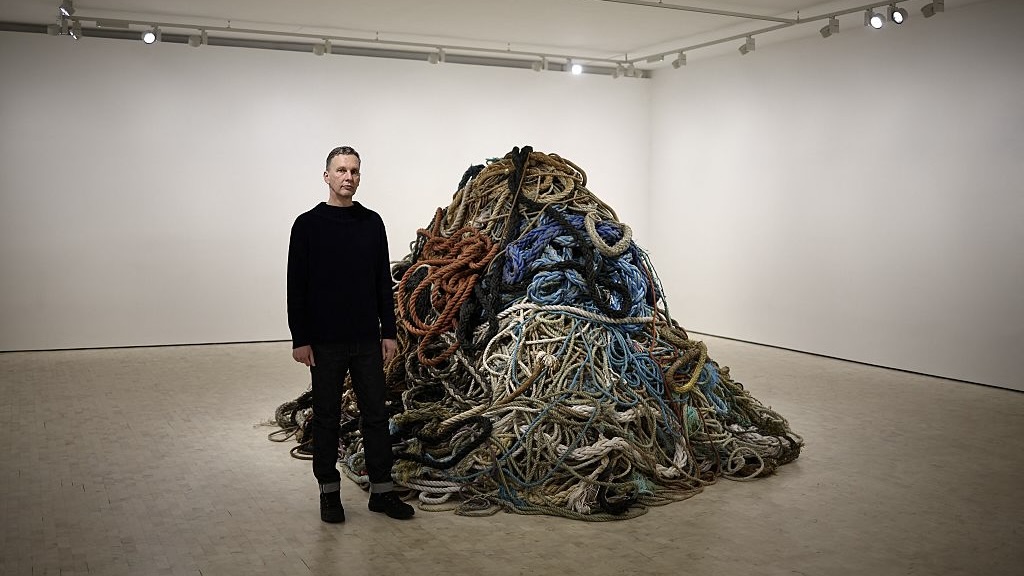 David Shrigley is quite literally asking for money for old rope (£1 million, to be precise)
David Shrigley is quite literally asking for money for old rope (£1 million, to be precise)The Turner Prize-nominated artist has filled a London gallery with ten tonnes of discarded rope, priced at £1 million, slyly questioning the arbitrariness of artistic value
-
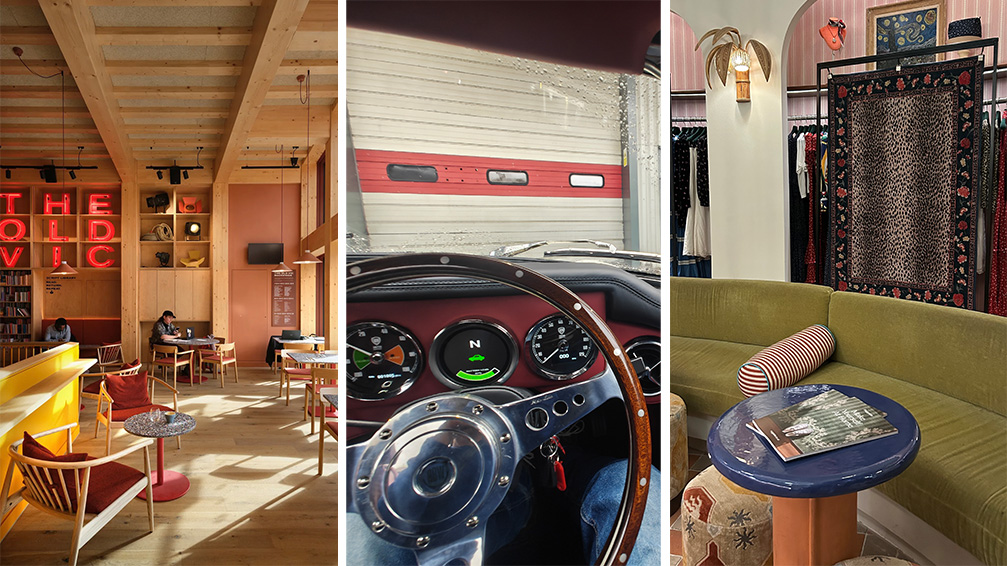 Out of office: The Wallpaper* editors’ picks of the week
Out of office: The Wallpaper* editors’ picks of the weekThe rain is falling, the nights are closing in, and it’s still a bit too early to get excited for Christmas, but this week, the Wallpaper* team brought warmth to the gloom with cosy interiors, good books, and a Hebridean dram